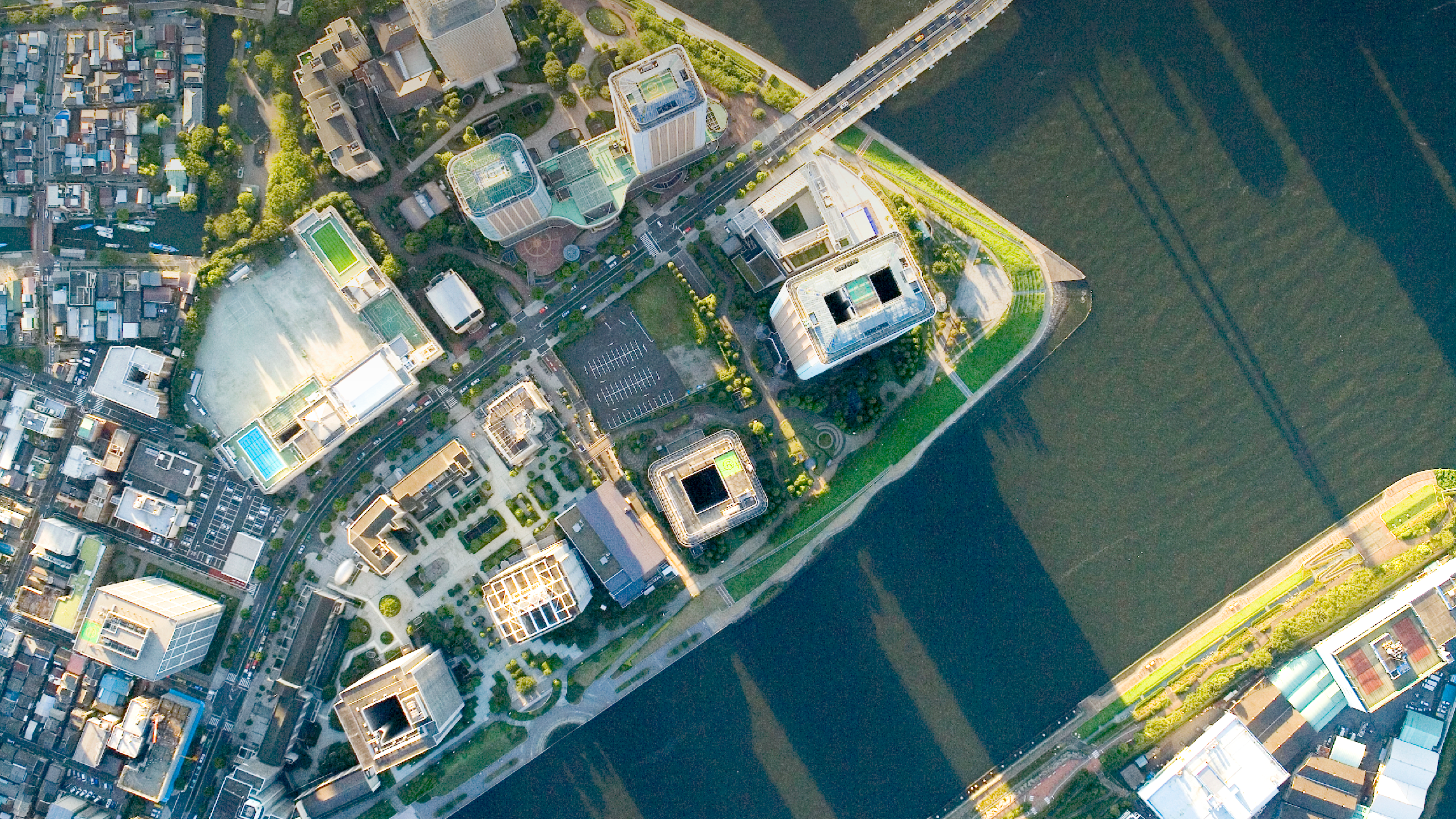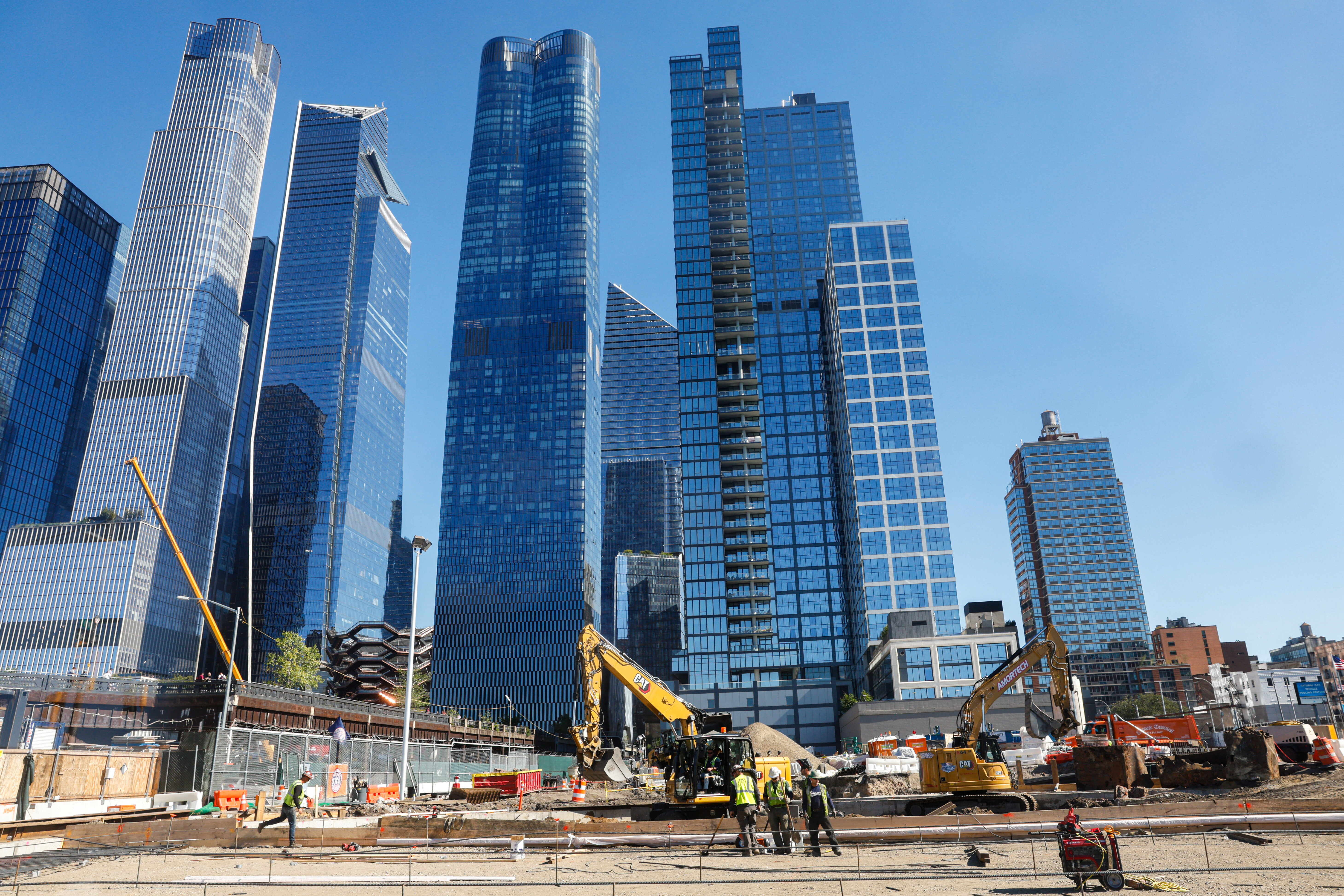The path to a greener future begins in our cities

Cities are the biggest contributors to climate change – and our best opportunity for tackling it Image: Carlos Alfonso / Unsplash
Jeff Merritt
Head of Centre for Urban Transformation; Member of the Executive Committee, World Economic Forum- Cities generate more than 60% of global CO2 emissions.
- Making our built environment more sustainable is vital if we are to address climate change.
- Digital technologies linked to more efficient, carbon-friendly electrical systems can kickstart the change we need.
Data doesn’t lie - and what it tells us is that cities consume 78% of the world’s primary energy and generate more than 60% of all carbon emissions, with the biggest contributors being buildings, energy production and transport. It has been suggested that changes in individual and corporate behaviour brought about during the COVID-19 pandemic, such as an increase in remote working and less international travel, could boost efforts to fight climate change. This would be welcome news – but recent studies indicate the net impact of COVID-19 on global warming will be negligible unless much more aggressive, far-reaching and sustained actions are taken. This means not only taking a hard look at our daily routines and business practices, but also rethinking and transforming the physical places where we live and work — with people’s experience, public health and sustainability objectives at their core.
According to the Global Alliance for Buildings and Constructions, 28% of global CO2 emissions come from building operations. Add in building materials and construction and this number rises to 38%, making buildings the single largest source of CO2 emissions. These numbers are deeply troubling and yet they only tell part of the story.
By 2050, the world’s population is expected to reach nearly 10 billion with the vast majority of this growth happening within our cities. To meet this demand, the global building stock is expected to double within the coming decades. Much of this growth will occur in countries where mandatory building energy codes are limited or nonexistent. Yet we know that buildings must modernize. We must break the vicious cycle whereby urban emissions increase the unpredictability of weather and, as cold snaps and heat waves persist, more energy is being used for heating and air conditioning.
Joining forces
The task ahead is daunting. The World Green Building Council estimates that every building on the planet must be ‘net-zero carbon’ by 2050 to keep global warming below 1.5°C – yet currently less than 1% of the global building stock meets this standard. Transforming the way we design, construct and operate buildings cannot be left to any one industry. Rather, we must act now to join forces across industries and across the public and private sectors. Today, we can sustainably retrofit existing buildings with the help of standards-based, digital interoperable solutions. We don’t necessarily need to build brand new structures. Existing buildings can be transformed into resilient and self-sufficient buildings of the future capable of generating and managing their own energy needs, supporting the transition to EV fleets and unlocking better experiences for the people who use them.
This is not science fiction. The convergence of electrification and digitalization in buildings, while just one piece of this complex puzzle, represents an important starting point — and has the potential for quick and significant gains. The separation of the outer and inner shells of the building allows for the inner shell to be digitally enabled through data and analytics, immediately making the entire building smart, with software and layout design upgrades available on demand.
If digital tools represent the nervous system of a building, electricity is the bloodline, with synergies created across the board. Heating systems that use electrical heat pumps, for example, are on average three to four times more efficient than traditional fossil-fuel boilers. Add in smart energy and building management systems and these benefits are compounded, reducing electricity bills by 20-30%. In addition, microgrids enable the integration of renewables at any scale and in closer proximity to their point of use, therefore offering another layer of benefits in reducing transmission loss, helping building owners and tenants around the world to realize greater resiliency and energy access, and to chart a path towards sustainability.
Building connections
To-date, efforts to decrease building emissions have largely focused on individual buildings, mainly because of the lack of an integrated system-wide strategy. Yet to drive faster progress and greater efficiency, buildings should interact with each other, with the power grid and with other sectors. This could change districts and even entire cities, one step at a time.
In the city of Grenoble, at the base of the French Alps, a new business complex called IntenCity provides a glimpse of how the public and private sectors can join forces to build cleaner, healthier and more vibrant communities. The 26,000 square metre smart office park is home to 5,000 Schneider Electric employees, yet aims to consume just 37 kWh/m² each year — nearly 10 times less energy than the average European building. Rooftop solar panels, two onsite wind turbines and smart technology solutions enable the complex to be 100% energy autonomous while also sharing and coordinating energy with the surrounding community through a unique microgrid partnership.
What is the World Economic Forum doing to support the Future of Real Estate?
Last month at the World Economic Forum’s Davos Agenda, nine cities and more than 70 organizations representing 10 different sectors launched a new framework to accelerate the move towards net-zero carbon buildings and cities through a more integrated energy approach. In parallel, chief executives from the world’s leading real estate companies are outlining a new strategy to enable more liveable, affordable, resilient and sustainable buildings and cities.
These new initiatives hold great promise but cannot alone deliver the necessary change. Across every industry, across every sector and across every region, it’s time to take responsibility for the places in which we live and work. That means insisting that new buildings and construction are designed to meet net-zero carbon standards, making the long-term investments to modernize our existing buildings and infrastructure, and taking a more holistic approach to how we plan and manage our communities. Only then can our cities – and our planet – take back control and ultimately win the fight against climate change.
Don't miss any update on this topic
Create a free account and access your personalized content collection with our latest publications and analyses.
License and Republishing
World Economic Forum articles may be republished in accordance with the Creative Commons Attribution-NonCommercial-NoDerivatives 4.0 International Public License, and in accordance with our Terms of Use.
The views expressed in this article are those of the author alone and not the World Economic Forum.
Stay up to date:
Cities and Urbanization
Forum Stories newsletter
Bringing you weekly curated insights and analysis on the global issues that matter.
More on Urban TransformationSee all
Naoko Tochibayashi
November 18, 2025








